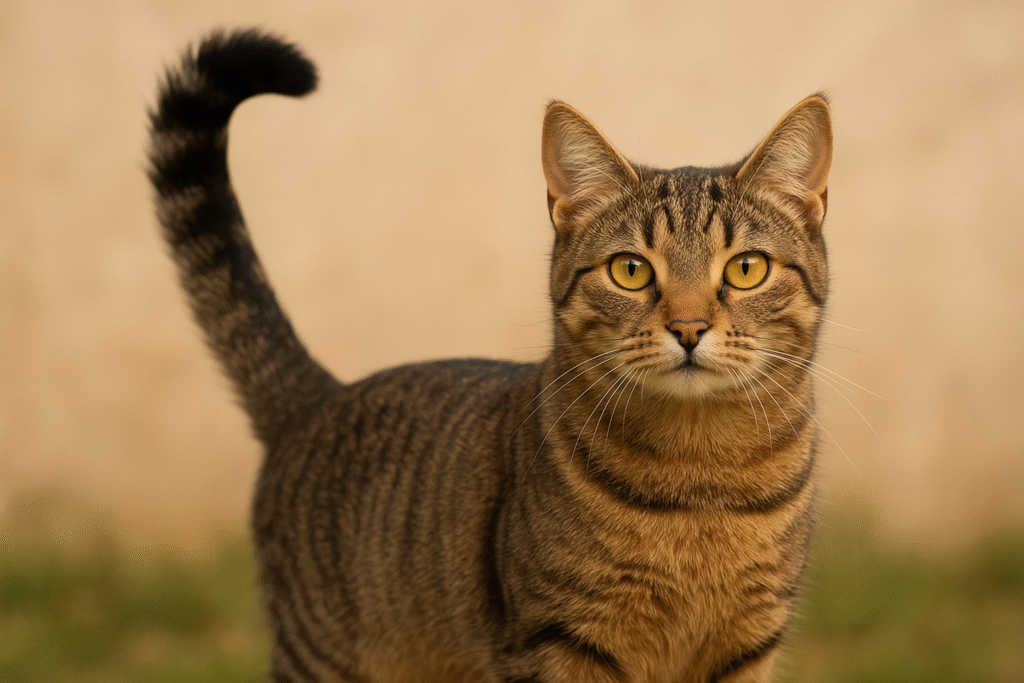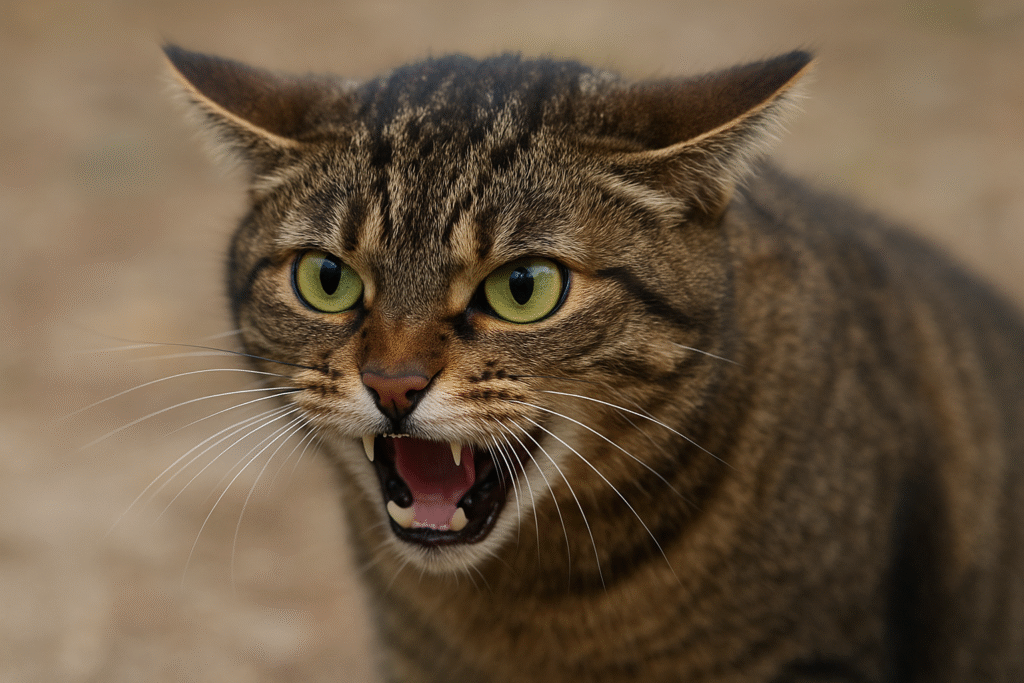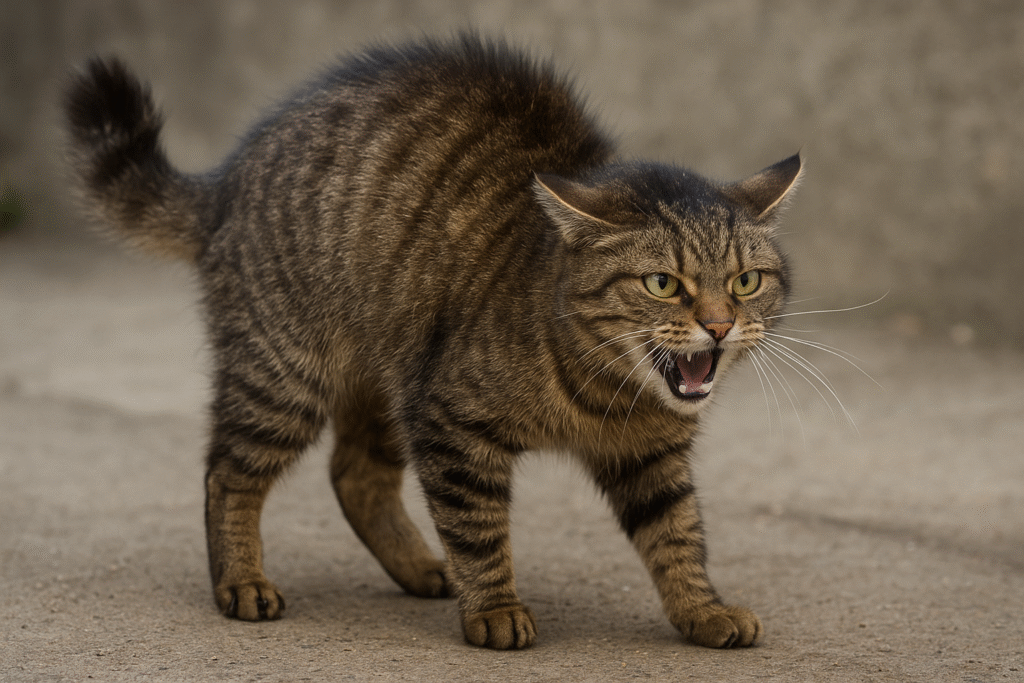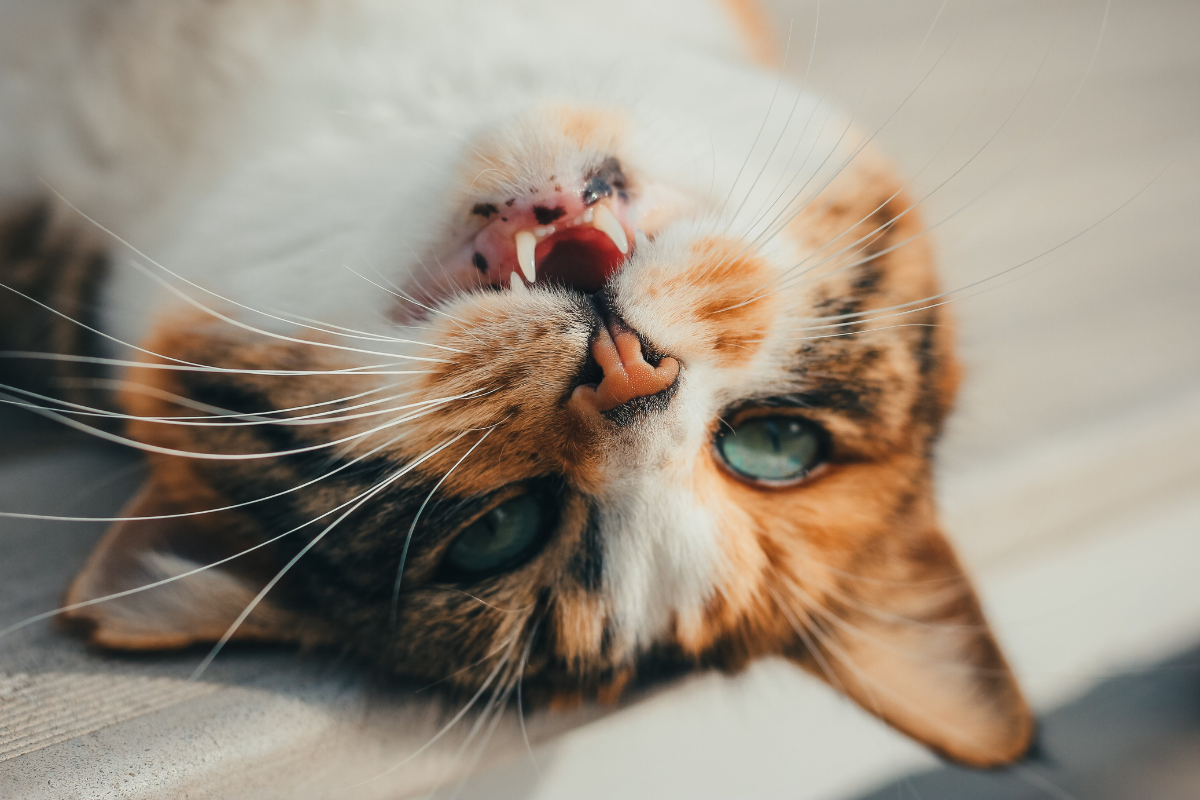If you’ve ever wondered what your feline friend is really trying to tell you, you’re not alone. Cats may not speak our language, but they’re constantly communicating through subtle shifts in posture, tail position, ear orientation, and much more. Understanding your cat’s body language gives you the key to a deeper bond-and to knowing when they’re feeling loved, relaxed, anxious, or even ready to snap.
In this in‑depth guide, you’ll learn how to interpret your cat’s signals across multiple contexts: relaxed and content, playful and focused, anxious or fearful, and angry or overstimulated. We’ll also mention some tools and products that can help you support your cat’s well-being.
Why understanding body language matters
Cats rely heavily on non‑verbal cues to communicate with both humans and other animals. For example:
- A high, slightly quivering tail might say, “I’m happy to see you.”
- Ears flattened back can signal fear or aggression.
- Whiskers pulled back may mean your cat is worried or ready to retreat.
By tuning into these cues, you can:
- Avoid misreading your cat and prevent scratches or bites.
- Offer the right kind of interaction (snuggle vs. space).
- Recognize when your cat might be stressed or unwell and may benefit from additional support or veterinary check‑up.
Reading the Tail: The “Tale” behind the tail
The tail is one of the most expressive parts of a cat. According to experts at PAWS Chicago:
“The tail can tell you a lot about his mood.”
Some common tail positions and what they indicate:
- Tail held upright: A confident, friendly greeting-good time for interaction.
- Tail curved into a question‑mark shape: Playful mood, curious.
- Gentle tail flick or slow swish: May indicate indecision or mild irritation.
- Tail whipping quickly side to side: Warning sign-your cat may be annoyed, overstimulated, or preparing for action.
- Tail tucked under or low: Fear-based posture; your cat may be feeling insecure or threatened.
- Fluffed-up tail (the “Halloween cat” look): High arousal-could be fear, aggression, or extreme surprise.
Tip: If your cat’s tail is telling one story (e.g., relaxed) but their body or ears are telling another (e.g., crouched or ears flattened), they might be conflicted-approach gently and watch carefully.

The Ears & Eyes: Windows to your cat’s mood
The ears and eyes of your cat hold rich information:
Ears
- Ears forward and relaxed: Alert but comfortable; your cat is open to interaction.
- Ears swiveling independently: The cat is attentive, maybe hearing something you don’t.
- Ears pointing sideways: Possibly irritated or cautious.
- Ears flat back against head: Fear or aggression-treat with respect and give space.
Eyes & Pupils
- Half-closed or slowly blinking eyes: A relaxed, trusting cat.
- Wide-open eyes with dilated pupils: Either very excited or scared; context matters.
- Narrowed pupils / hard stare: Could be preparing for conflict or asserting dominance.
Tip: Slow-blink back at your cat when they blink at you-it can help build trust and calm.

Posture & Body Shape: The broader picture
Posture gives huge clues about how your cat is feeling.
- Stretched out / lying on side: The cat feels safe and comfortable.
- Sitting upright with paws tucked: Content, calm, not defensive.
- Crouched with body close to ground / tail tucked: Fearful or insecure.
- Back arched, fur raised: Defensive or threatened posture.
- Leaning in / body forward / tail up: Engaged, curious, possibly wants to play.

Recommended Products
- Feliway Classic Cat Calming Pheromone Diffuser: Reduces stress-related behaviors.
- Large Covered Cat Bed With Cushion Pad: A cozy resting spot that gives cats security.
- Cat Dancer Cat Charmer Interactive Cat Toy Wand: Engage your cat in playful activity.
- Beaphar CatComfort Calming Diffuser: Alternative calming aid.
- Multipet Margaritaville Parrot Wand Cat Toy 18″: Fun interactive toy.
- COVO Dog/Cat Orthopedic Wooden Cave Bed: Premium hideaway for cats.
Final thoughts
Understanding your cat’s body language opens the door to a richer cat-human relationship. By learning to read tails, ears, posture, and eyes, you show respect for their feelings and create a happier, more confident companion.
Next time your cat approaches, observe their signals: tail up? ears forward? relaxed eyes? Each is a word in their silent language-and listening is the best way to say, “I care.”







